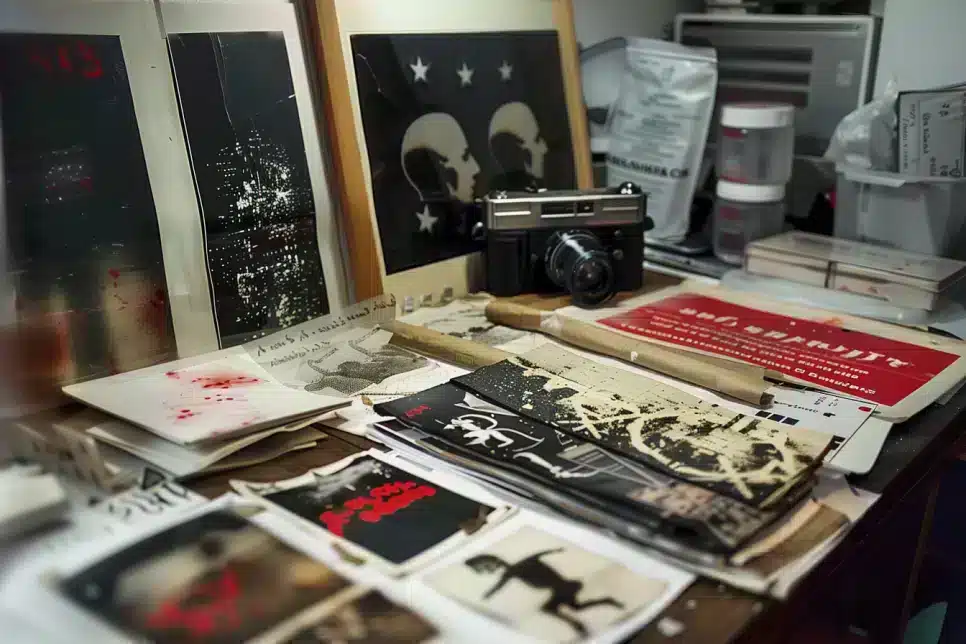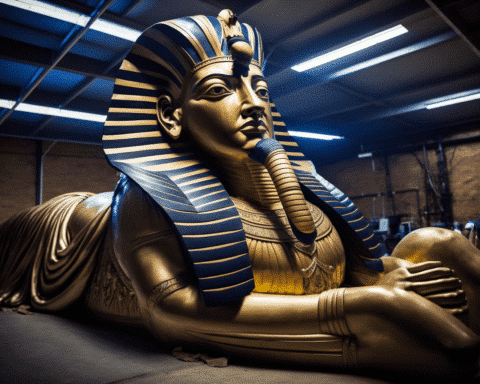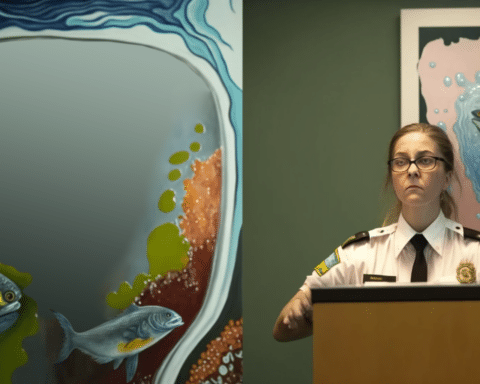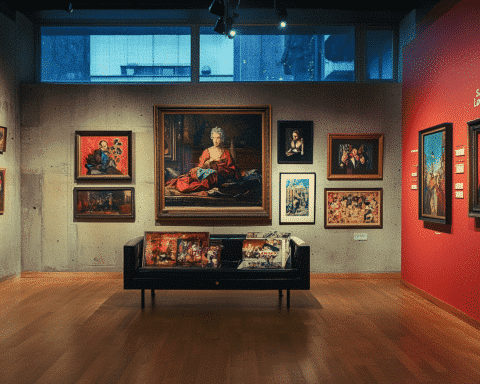In a significant crackdown on art forgery, Spanish authorities have dismantled what they believe to be a network involved in creating and selling counterfeit Banksy artworks. This illicit ring reportedly sold forged pieces across the United States and Europe, fetching prices up to 1,500 euros ($1,642) each. During a meticulously coordinated operation, Catalan police raided an apartment in Zaragoza, northern Spain, uncovering nine artworks that were being falsely attributed to the renowned but anonymous street artist Banksy. This operation highlights the growing issue of art forgery within the online marketplace, highlighting the lengths fraudsters will go to exploit the unwary art enthusiast.
The forgeries were ingeniously crafted on cardboard using spray paint and stencils, adorned with ink seals and stickers to mimic authenticity. The Catalan police’s Central Historical Heritage Unit spearheaded the investigation, revealing a web of deception spanned several countries, including Spain, Germany, Switzerland, the United States, and the United Kingdom. Victims were misled into purchasing pieces from the workshop, believing they originated from Banksy’s provocative “Dismaland” project. According to the police statement, “Agents from the Catalan police force’s Central Historical Heritage Unit have identified victims in Spain, Germany, Switzerland, United States and the United Kingdom who bought pieces from the workshop believing them to be from the anonymous street artist’s ‘Dismaland’ project.”
Authorities have charged four individuals with fraud and intellectual property crimes, unraveling a narrative of financial desperation intertwined with cunning exploitation of the art market. Two of the accused allegedly produced the counterfeit artworks out of economic necessity, offering them at “reasonable prices no higher than 80 euros ($87),” a stark contrast to the inflated prices commanded by the authentic works of Banksy. The investigation revealed that the “main suspect” deeply understood the art world, enabling them to pass off these forgeries as genuine through forged certificates of authenticity.
This incident underscores the precarious nature of art acquisition in the digital age, where the sophisticated techniques employed by forgers can often blur the distinction between genuine and counterfeit. Banksy’s Pest Control organization, the sole authority on authenticating the artist’s work, has confirmed the inauthenticity of the seized artworks and their certificates, bolstering the police’s case against the alleged forgery ring.
As the investigation continues, with the possibility of uncovering additional victims and making further arrests, this case serves as a cautionary tale about the vulnerabilities in the art market. It also highlights the enduring allure of Banksy’s work, whose satirical and politically charged pieces have captivated the global art community. Despite the artist’s endeavors to remain anonymous and the ephemeral nature of his public works, the demand for his art has surged, leading to unfortunate exploitation and forgery.
The Spanish police’s efforts to dismantle this forgery ring protect the integrity of Banksy’s oeuvre and safeguard the interests of collectors and art enthusiasts worldwide. As this investigation unfolds, it reaffirms the importance of vigilance and due diligence in the art acquisition process, ensuring that the legacy of artists like Banksy remains untarnished by the shadow of forgery.




